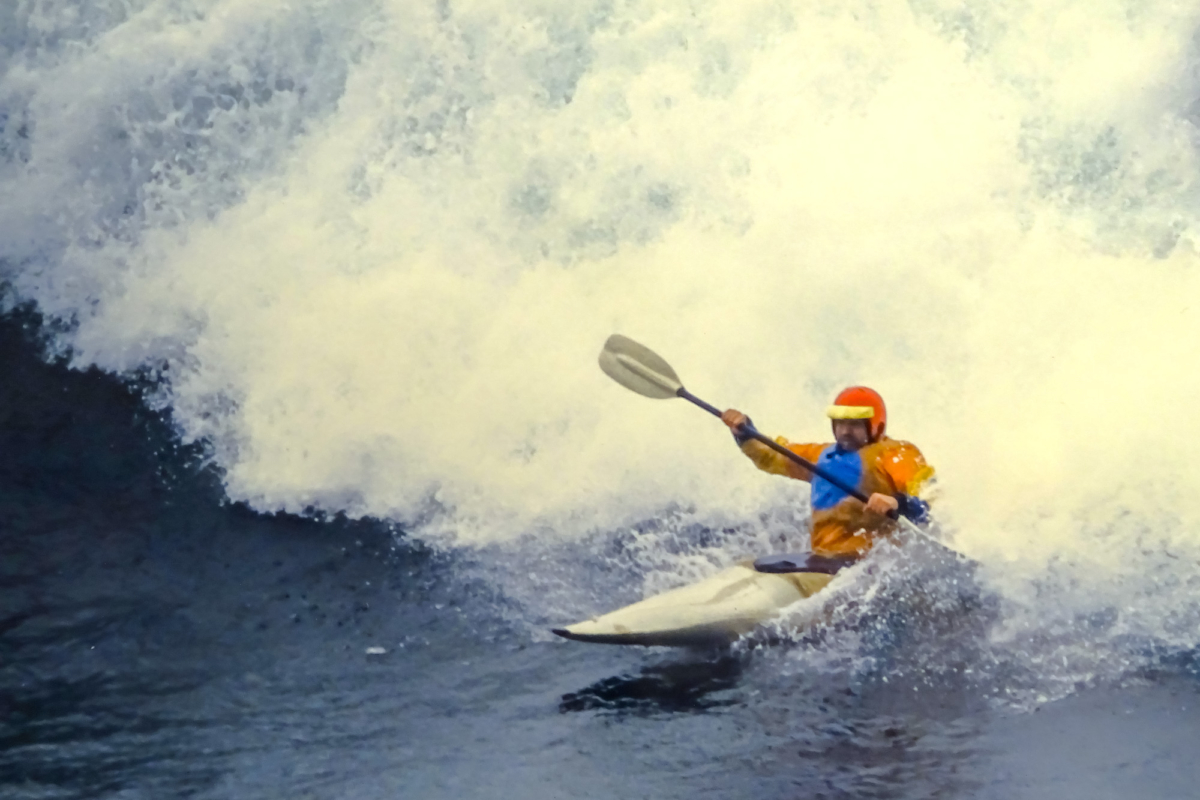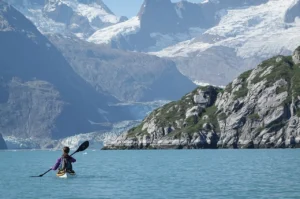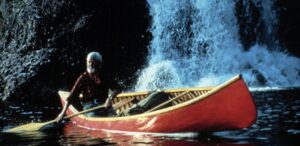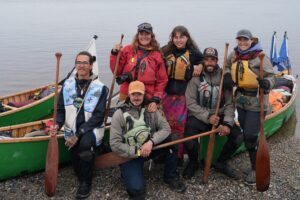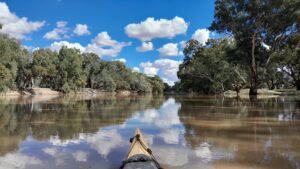BY PAUL MCHUGH
I’m the sole paddler I know of — or have ever heard of — who has surfed a tsunami.
Does this claim sound grandiose? Might it seem more cloaked in modesty if I say it took me more than 30 years to screw up the nerve to tell my story?
Back in the day, I had good reason for reticence. I had been the outdoors editor/writer at The San Francisco Chronicle for a long time. Sustaining my journalistic credibility at this paper, I reckoned, was a major chunk of Job One.
And of that astonishing, terrifying, exhilarating tidal wave ride, I had no proof, zero witnesses, and not a single photo.
Thus, any account could easily be dismissed as a bare-faced, self-serving boast. Publishing such a yarn might hole my professional rep below the waterline, I considered. And therefore, I didn’t.
An outdoors beat does tend to draw poseurs, of which we’ve all seen many. Exploiting such a plum role for self-glorification seems boorish. I never wished to do so, not unless I could be, um, like, totally coy and subtle about it. I loathe braggy “What-A-Guy!” narrations, especially when a writer’s aim is obviously to coax a reader to exclaim, “What a guy!” at the story’s end — aloud, and in a roomful of attractive companions.
But it’s all true, and it was much less about bravado than sheer life-or-death consequence.
Earthquake
A highly relevant and objective fact about my tsunami ride pertains to the morning of April 25, 1992. Shortly after 11 am, a 7.2 Richter quake erupted at the Mendocino Triple Junction, a major Pacific Coast tectonic fault.
Just under an hour later, I sat alone, afloat, and unknowing of the quake. I was smack dab above an ocean reef just south of the famed Mavericks surf break, off Half Moon Bay, in my Phoenix ARC squirt boat. This was a fairly flat day, so I hadn’t scored many rides.
But then, I saw a long, tall bar of white begin to take shape on the far horizon. Initially, I thought it was a fog bank. Yet, I’d never seen a big, pale, hazy clump of fog become so high and wide as it slid toward shore. It headed straight at me — while also demonstrating a surreal velocity. Since there was no wind to speak of, the phenomenon seemed bizarre.
I did not indulge myself in any of the five stages of grief. However, I did whip rapidly through some other states, including puzzlement, disbelief, reluctant acknowledgement, dread, and then finally, near panic.
I’d sailed aboard many boats at sea, ever since childhood. Plus, I’d been a surfer for more than 20 years. Never had I seen an ocean wave act remotely like this.

A map showing the area where Paul McHugh surfed the tsunami. Photo: Paul McHugh
Realization
What I observed could be nothing else — besides a tsunami. Once that sank in, I moved on to my next conundrum: WTF should I do?
Due to decades of getting my butt spanked by big swells, I knew the safest place to deal with an extremely large wave would be as far out as I could get, in deep water. That meant heading westward off the reef to paddle straight at the thing.
How my situation developed
What a tsunami is (and is not)
A surf wave
A tsunami wave
My tsunami wave
Furiously seeking to figure it out
Eaten by a tsunami
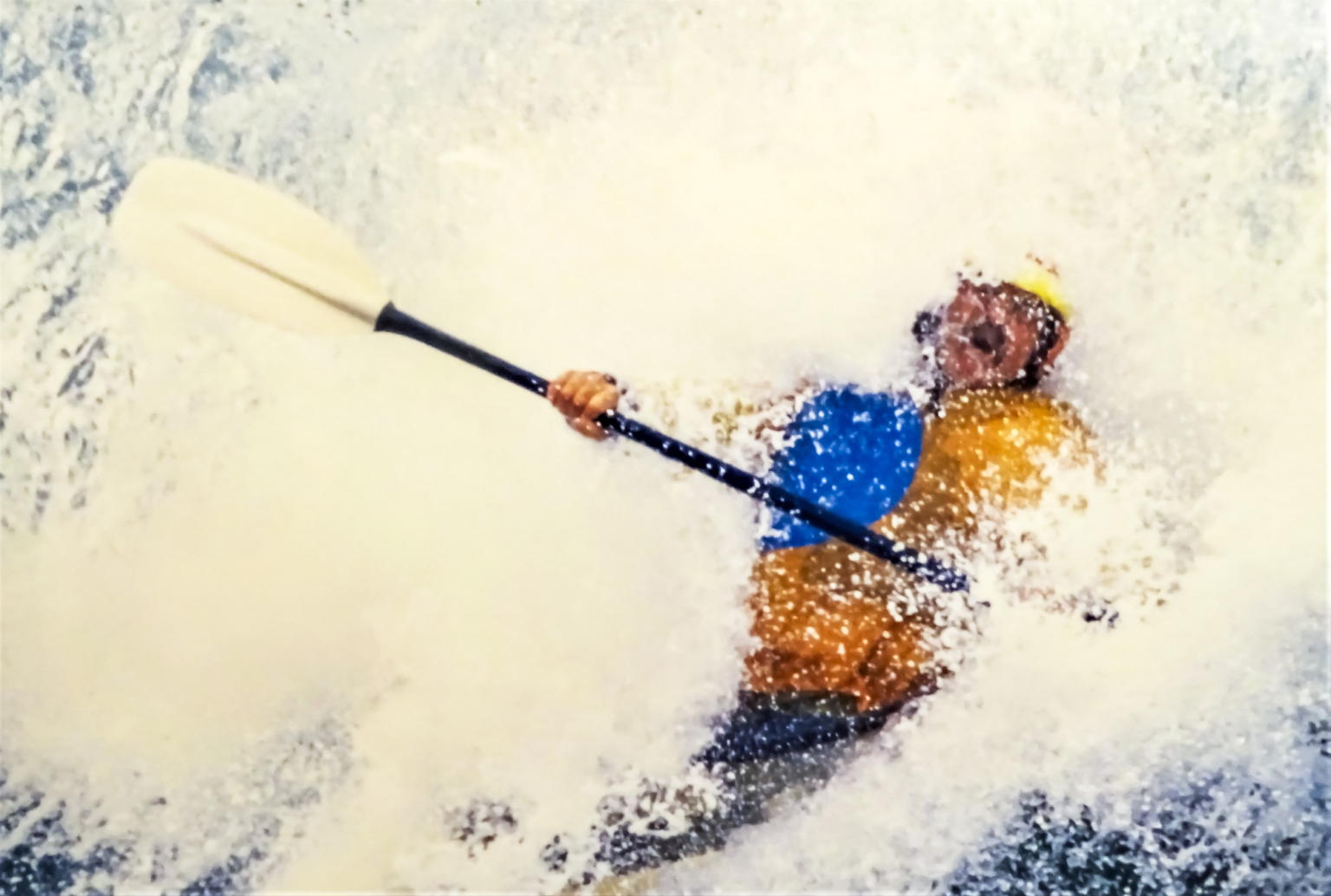
Paul McHugh is enveloped in the whitewash from a big California wave. Photo: Paul McHugh
A truly bracing experience
Surfing the face of a tsunami
Exit out the back
A zero-sum aftermath
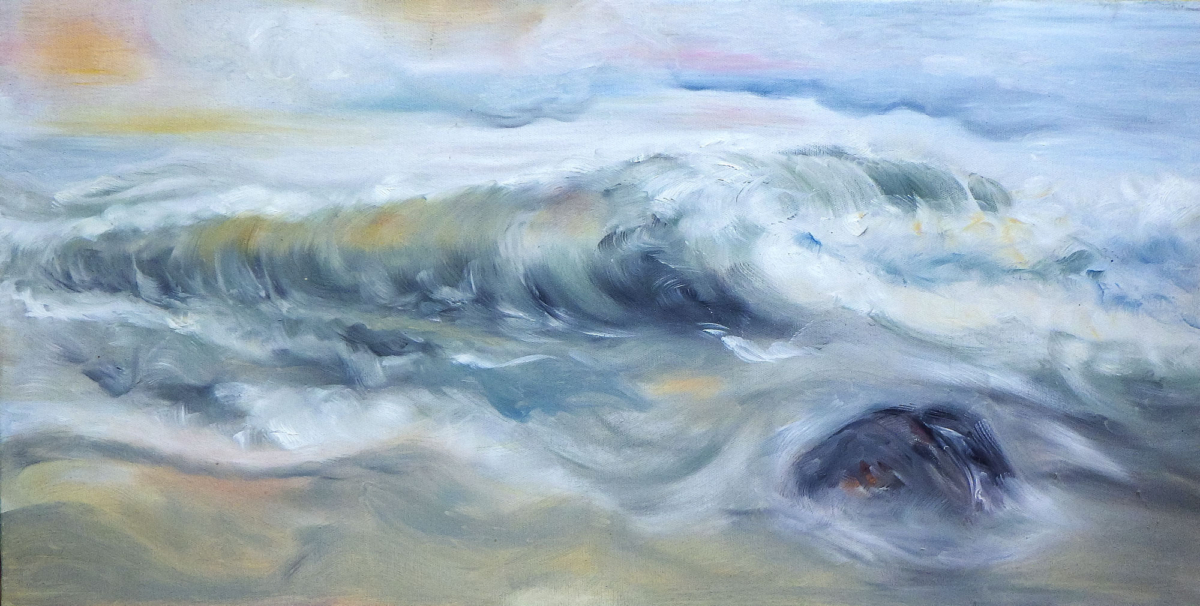
Big waves painting by Dianne Levy that was gifted to the author. Photo: Paul McHugh
Beyond the event horizon
This article first appeared on GearJunkie.
